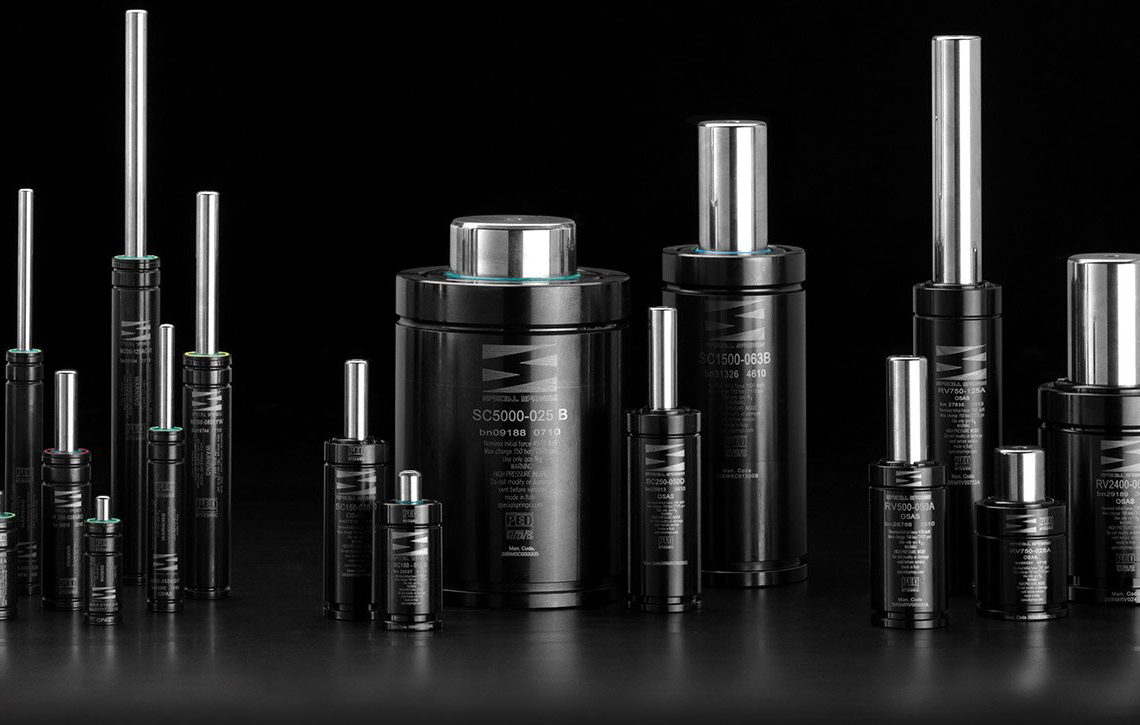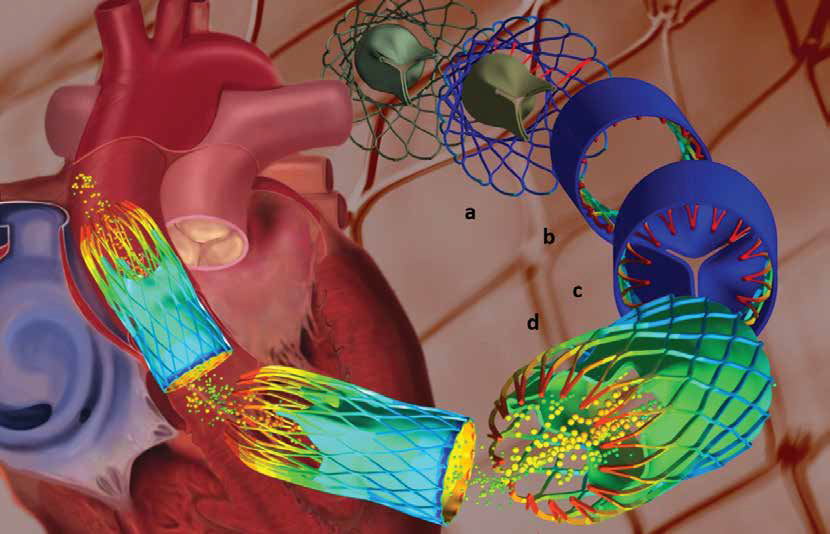Abstract
Special Springs commissioned EnginSoft’s engineers to calculate the production cost repercussions of a technical product modification requested by an important customer.
The customer requested Special Springs to guarantee a ±0.15 mm tolerance reduction on a nitrogen spring, potentially creating a substantial increase in “out of tolerance” scraps during production. Special Springs’ management wanted to understand what production modifications were necessary to maintain its existing scrap percentage at the minimum cost, while still enabling it to satisfy its important customer’s request.
In this article, EnginSoft explains how it used US-based Sigmetrix’s Cetol 6σ software to apply the statistical approach of tolerance analysis to understand the effects of different combinations of tolerances on the single nominal dimensions of the project. EnginSoft’s approach not only delivered results that allowed Special Springs to provide a more reliable quotation to its customer, but also permitted them to identify the ideal dimensions and the related tolerances to maintain to guarantee the quality of the product requirement as requested by their customer at the lowest production cost with minimal scrap generation. Assuming all parts are produced respecting the tolerances they were assigned by the project, this requirement could be met.
Read the article


